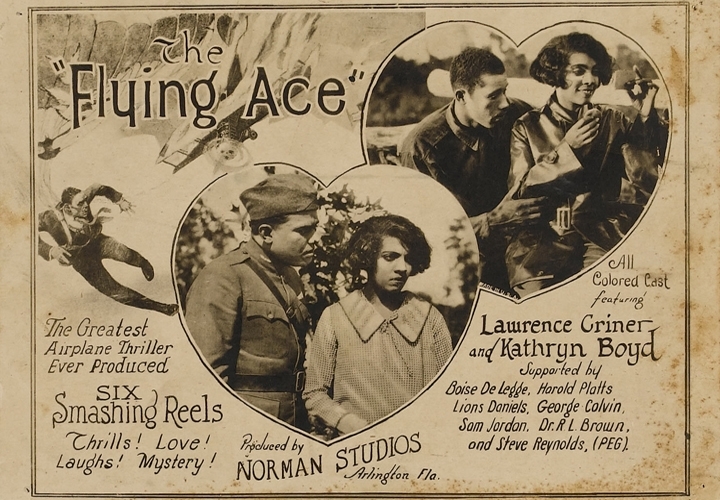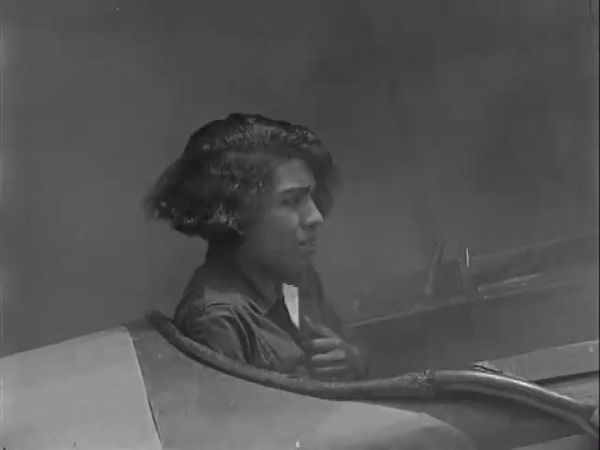These days, ever more ambitions computer-animated spectacles seem to arrive in theaters every few weeks. But how many of them capture our imaginations as fully as works of the thoroughly analog art of stop-motion animation? The uncanny effect (and immediately visible labor-intensiveness) of real, physical puppets and objects made to move as if by themselves still captivates viewers young and old: just watch how the Wallace and Gromit series, Terry Gilliam’s Monty Python shorts, The Nightmare Before Christmas, and even the original King Kong as well as Ray Harryhausen’s monsters in Jason and the Argonauts and The 7th Voyage of Sinbad have held up over the decades.
The filmmakers who best understand the magic of cinema still use stop-motion today, as Wes Anderson has in The Fantastic Mr. Fox and Isle of Dogs. They all owe something to a Polish-Russian animator of the early-to-mid-20th century by the name of Ladislas Starevich. Longtime Open Culture readers may remember the works of Starevich previously featured here, including the Goethe adaptation The Tale of the Fox and the much earlier The Cameraman’s Revenge, a tale of infidelity and its consequences told entirely with dead bugs for actors. Starevich, then the Director of the Museum of Natural History in Kaunas, Lithuania, pulled off this cinematic feat “by installing wheels and strings in each insect, and occasionally replacing their legs with plastic or metal ones,” says Phil Edwards in the Vox Almanac video above.
“How Stop Motion Animation Began” comes as a chapter of a miniseries called Almanac Hollywouldn’t, which tells the stories of “big changes to movies that came from outside Hollywood.” It would be hard indeed to find anything less Hollywood than a man installing wheels and strings into insect corpses at a Lithuanian museum in 1912, but in time The Cameraman’s Revenge proved as deeply influential as it remains deeply weird. Starevich kept on making films, and singlehandedly furthering the art of stop-motion animation, until his death in France (where he’d relocated after the Russian Revolution) in 1965.
And though Starevich may not be a household name today, Edwards reveals while tracing the subsequent history of stop-motion animation that cinema hasn’t entirely failed to pay him tribute: Anderson’s The Fantastic Mr. Fox is in a sense a direct homage to The Tale of the Fox, and Gilliam has called Starevich’s work “absolutely breathtaking, surreal, inventive and extraordinary, encompassing everything that Jan Svankmajer, Walerian Borowczyk and the Quay Brothers would do subsequently.” He suggests that, before we enter the “mind-bending worlds” of more recent animators, we “remember that it was all done years ago, by someone most of us have forgotten about now” — and with little more than a few dead bugs at that.
Related Content:
The Mascot, a Pioneering Stop Animation Film by Wladyslaw Starewicz
The History of Stop-Motion Films: 39 Films, Spanning 116 Years, Revisited in a 3‑Minute Video
Ray Harryhausen’s Creepy War of the Worlds Sketches and Stop-Motion Test Footage
Based in Seoul, Colin Marshall writes and broadcasts on cities, language, and culture. His projects include the book The Stateless City: a Walk through 21st-Century Los Angeles and the video series The City in Cinema. Follow him on Twitter at @colinmarshall or on Facebook.






